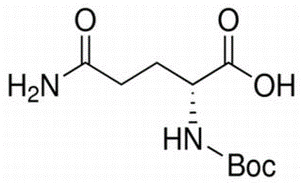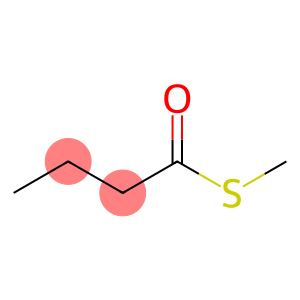Ethyl 3-(2-((4-cyanophenylamino)methyl)-1-methyl-N-(pyridin-2-yl)-1H-benzo[d]imidazole-5-carboxamido)propanoate(CAS# 211915-84-3)
Introduction
N-[[2-[[(4-cyanobenzenyl)amine]methyl]-1methyl-1H-5-benzimidazole]carbonyl]3-aminobenzoyl]N-2-pyridyl-b-alanine ethyl ester, abbreviated as N-PCBMITPAAE. The following is an introduction to its nature, use, preparation and safety information:
Quality:
Appearance: colorless solid or light yellow crystal.
Solubility: N-PCBMITPAAE is soluble in some organic solvents, such as dimethyl sulfoxide and dichloromethane. It is almost insoluble in water.
Use:
N-PCBMITPAAE is commonly used in synthetic research in the field of chemistry. It has a complex molecular structure and active groups, and it can be used as a reagent, catalyst or addition agent in organic synthesis.
Method:
The preparation method of N-PCBMITPAAE is complex and usually requires a multi-step reaction. A common preparation method includes the following steps: synthesis of 4-cyanoaniline and 1-methyl-1H-5-benzimidazole, and then reaction with carboatelic acid to form N-[(4-cyanobenzene)methyl]-1-methyl-1H-5-benzimidazole-2-carboxylate. Next, it reacts with 3-aminobenzoyl chloride to form N-[(4-cyanobenzene)methyl]-1-methyl-1H-5-benzimidazole-2-carboxylic acid 3-aminobenzoyl ester. The final product, N-PCBMITPAAE, is generated by a reaction with 2-pyridyl-β-alanine ethyl ester.
Safety Information:
The structure of N-PCBMITPAAE is more complex, and caution is required during use and operation. Appropriate laboratory practices should be followed and appropriate precautions should be taken, such as wearing protective gloves, face shields, and protective eyewear. It should be kept away from ignition sources and strong oxidizing agents, and good ventilation conditions should be maintained. When storing and handling the chemical substance, please manage it appropriately to prevent accidents.


![Ethyl 3-(2-((4-cyanophenylamino)methyl)-1-methyl-N-(pyridin-2-yl)-1H-benzo[d]imidazole-5-carboxamido)propanoate(CAS# 211915-84-3) Featured Image](https://www.xinchem.com/uploads/thyl324cyanophenylaminomethyl1methylNpyridin2yl1Hbenzodimidazole5carboxamidopropanoate.png)





